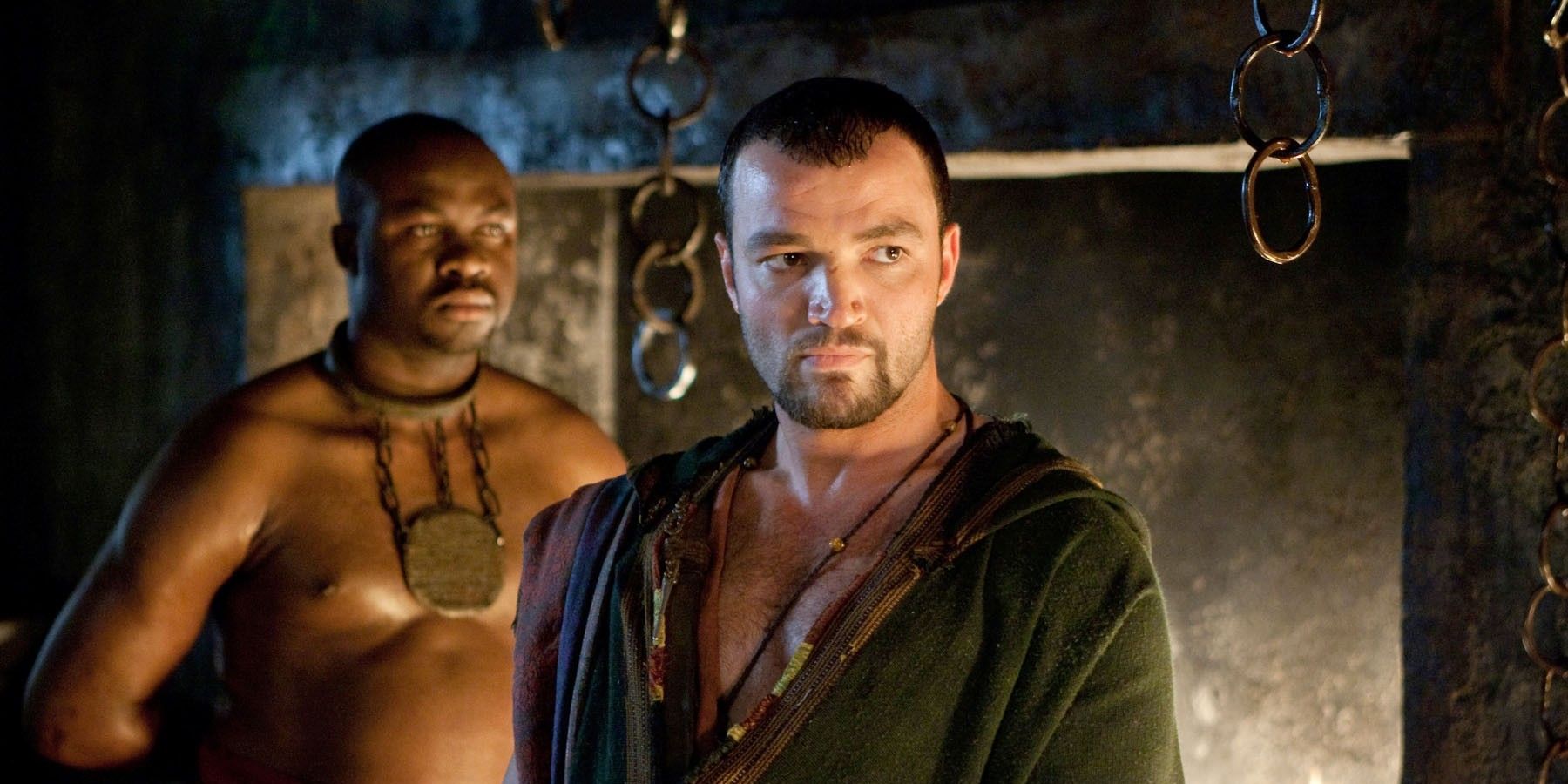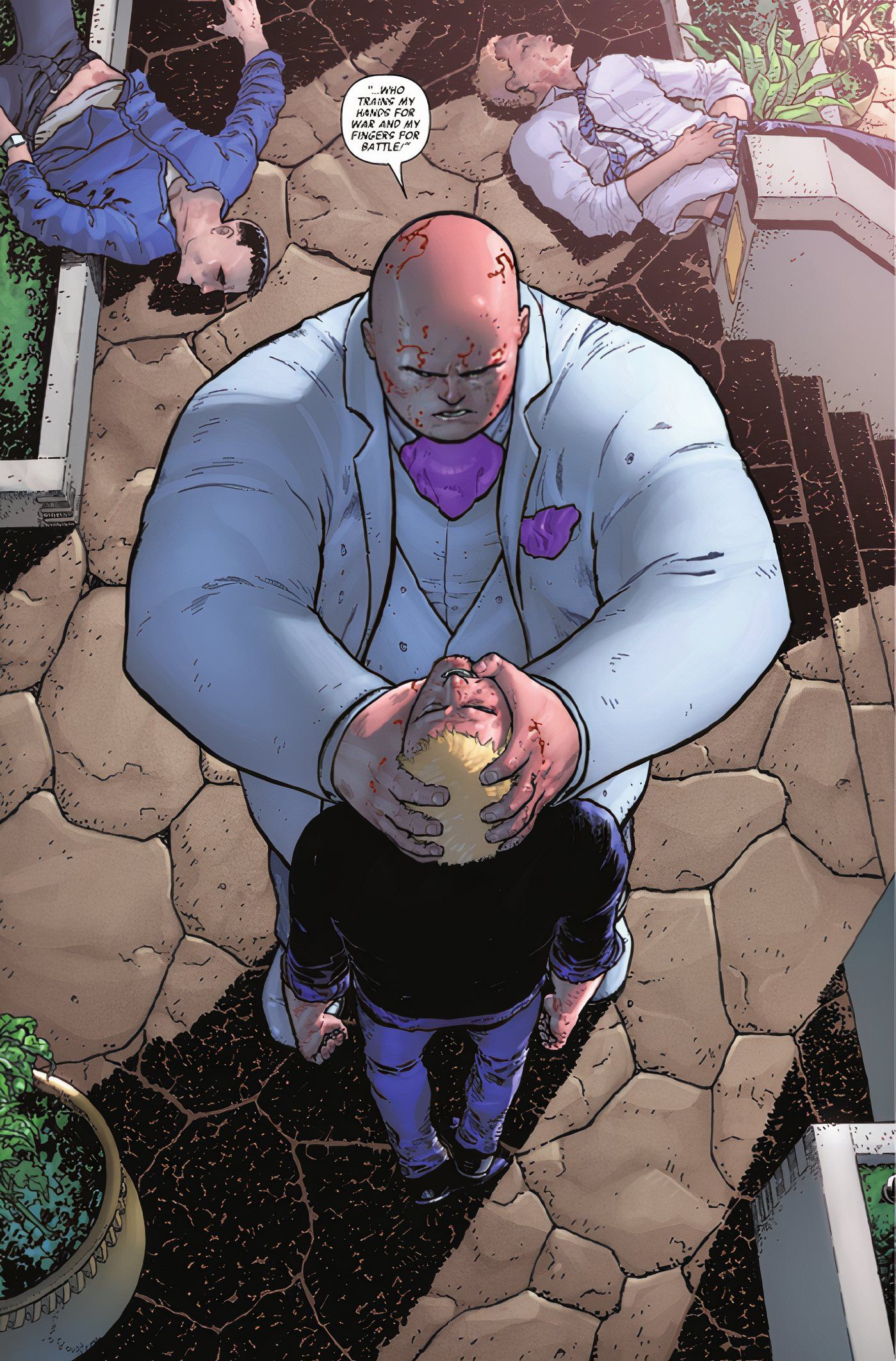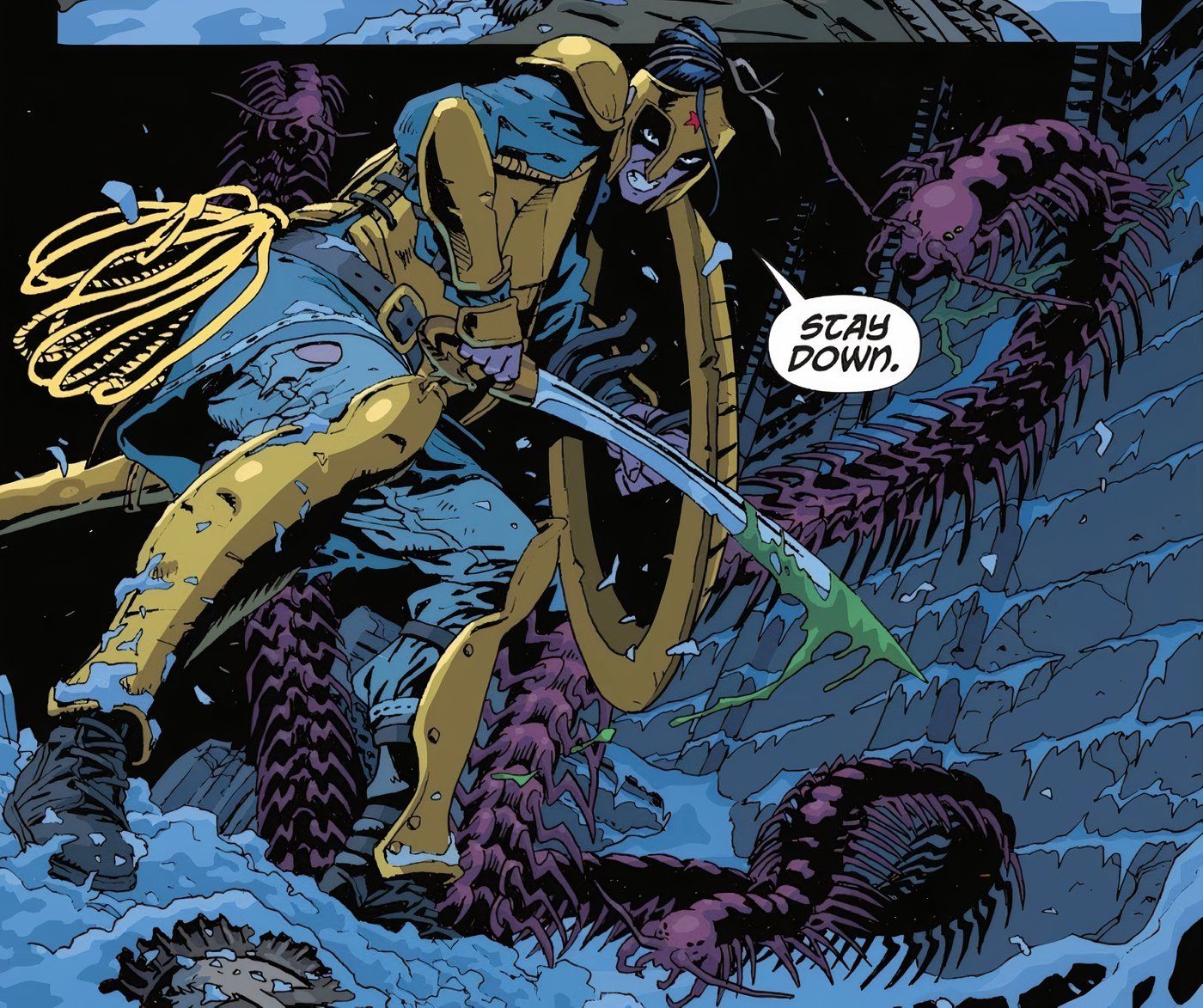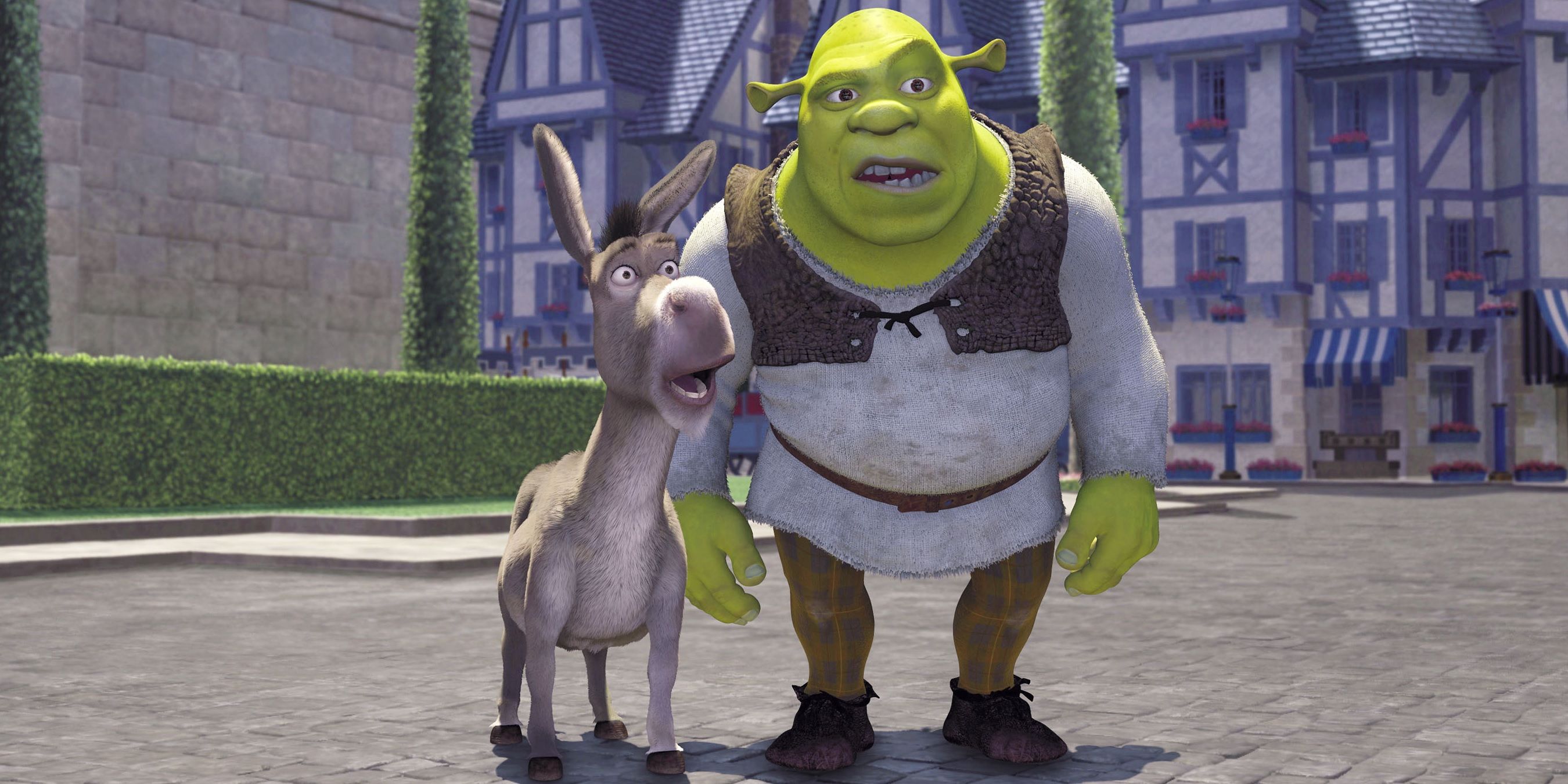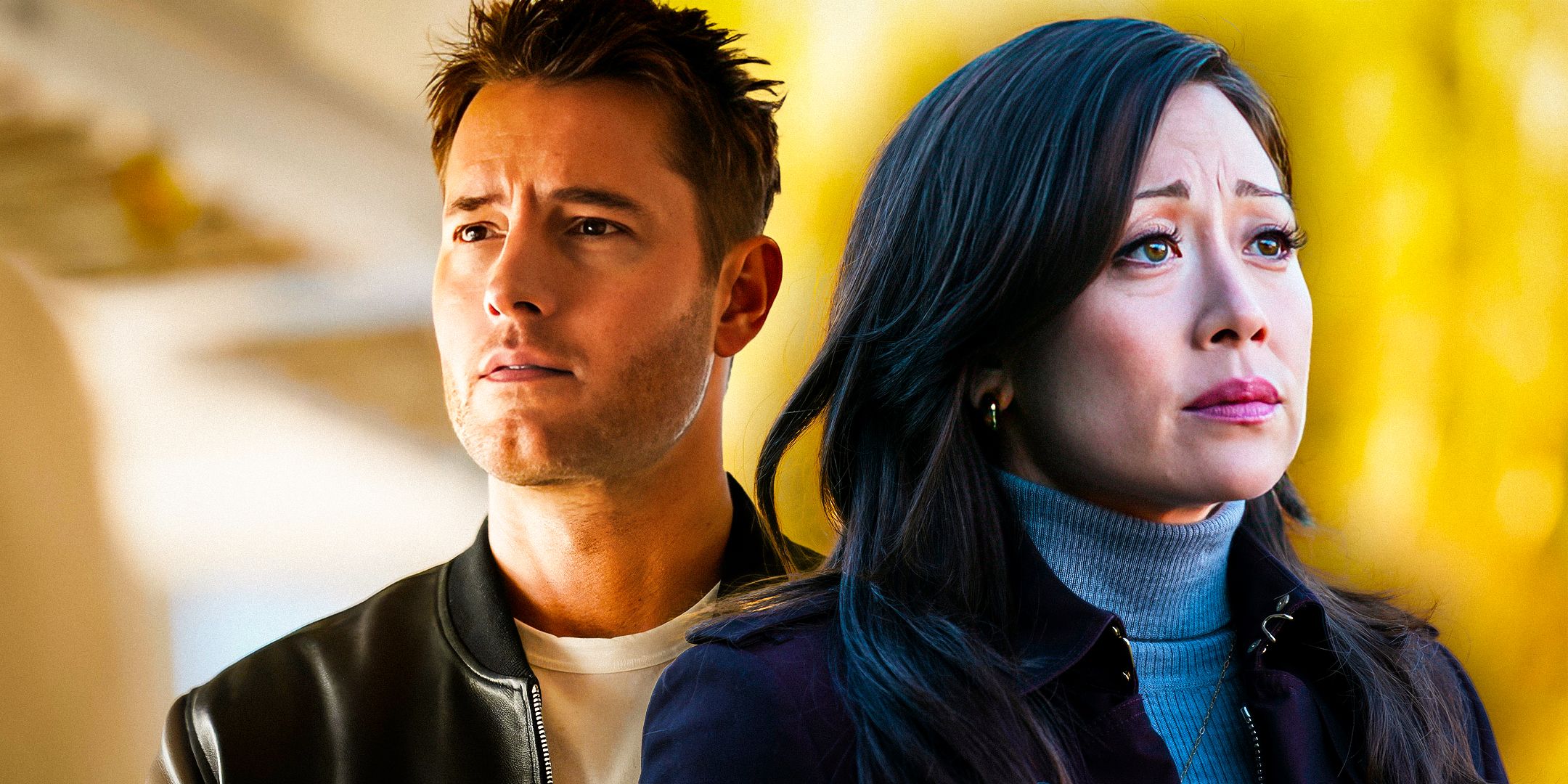It’s hard to think of a more drastic career leap for a director than to go from helming studio blockbusters with massive budgets to a tiny, low-budget movie shot almost entirely in one location and kept a secret for the duration of its production. Yet two directors of note have done just that in recent memory.
Joss Whedon, after helming box office titan The Avengers, gathered together a group of old friends and filmed a black-and-white adaptation of William Shakespeare’s Much Ado About Nothing at his California home in 2011. A few years later, the once-admired and more recently maligned director M. Night Shyamalan stepped away from the high-pressure world of big budget movies like The Last Airbender and After Earth to make The Visit, an indie horror film about a couple of kids spending a week with their estranged grandparents.
The Visit was shot over 30 days with a small cast and just 25 crew members. After the first rough cut was complete, Shyamalan approached Blumhouse Productions – the company behind low-budget, high-grossing horror movies like Paranormal Activity and Sinister. Producer Jason Blum, impressed by what he saw and eager to work with Shyamalan, boarded the project and The Visit is now set to hit theaters this fall, courtesy of Universal Pictures.
NOTE: We’re holding back the film’s biggest secrets until The Visit hits theaters but especially sensitive viewers might still want to tread carefully from here on out.
Speaking to Screen Rant at San Diego Comic-Con 2015, Shyamalan explained that the horror elements of The Visit were born from his interest in exploring why ostensibly innocent things can be so unsettling.
“Why is it I can put an old lady in a doorway and do nothing else and it’s scary to you? Why do we have that in our psyche? Then I started to go… well, it’s our fear of getting old, which is very much related to our fear of dying and the deterioration of our minds… It has a duality to it, which is why we’re kind of titillated and grossed out. We almost find it funny and it’s frightening at the same time.”
‘Titillating’, ‘gross’, ‘funny’ and ‘frightening’ are apt words to describe The Visit, which played at Comic-Con to a full auditorium of people who alternated between laughing at the antics of its precocious young protagonists (Olivia DeJonge and Ed Oxenbould) and shrieking at its scary scenes. It’s a found footage film (the old couple’s granddaughter is an aspiring director making a documentary about the relationship between her mother and her grandparents), but has a distinctly different feel to most found footage movies. It’s certainly a lot more comedic than low-budget shaky-cam horror flicks tend to be.
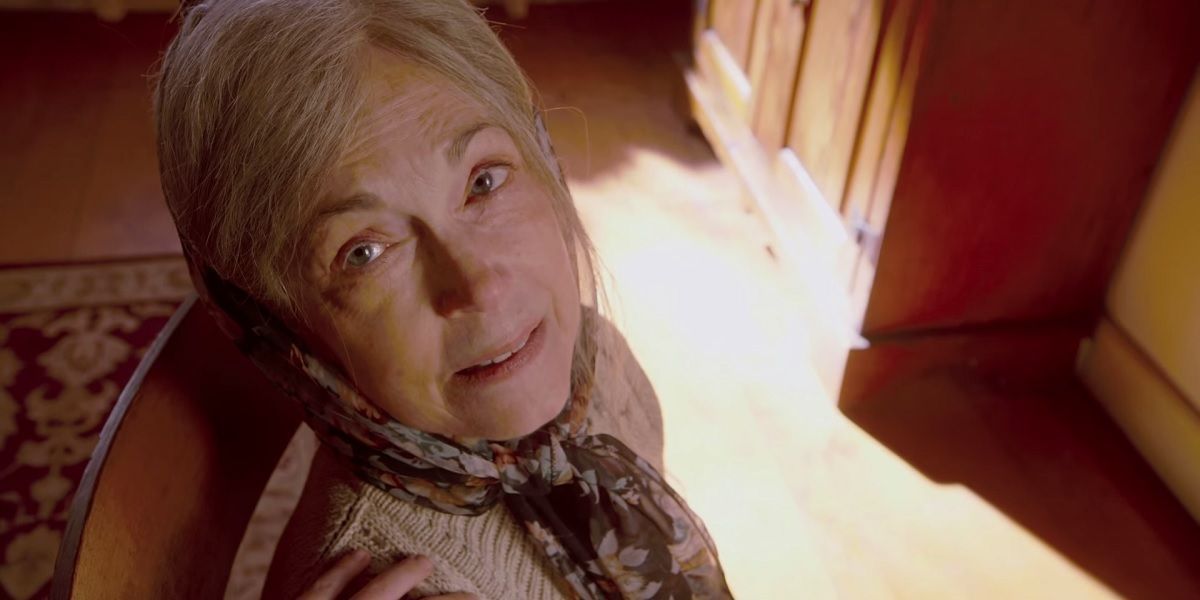
In the wake of After Earth and The Last Airbender, Shyamalan’s reputation among moviegoers is about as low as it’s likely to get. The director hinted at the struggles he’s had over the course of his career, in finding the right balance between trusting himself and accepting interference from studios and peers. Talking about the self doubt that he experienced while making some of his later films, Shyamalan admitted, “I hate that side of myself. Our job is to be artists and make this painting as specifically as possible.” Making The Visit in secret with no overhead pressure and no public eye on him, he said, allowed him to return to the conviction of his old self.
Shyamalan films are like lenticular images; when they catch just the right angle the blend of scariness and weird humor and intensity comes together to make a great film like The Sixth Sense, but in a Shyamalan movie that catches the wrong angle those same elements create something painful and awkward that hits all the wrong notes. The Visit falls into the former category, as evidenced by the enthusiastic audience applause that erupted when the credits rolled at Comic-Con.
“The truth is if you can learn to develop your own inner voice, usually things work out. They do,” Shyamalan said thoughtfully. “This desire to want to please everybody, whether it’s your bosses or your neighbor or whatever, can sometimes be detrimental.”
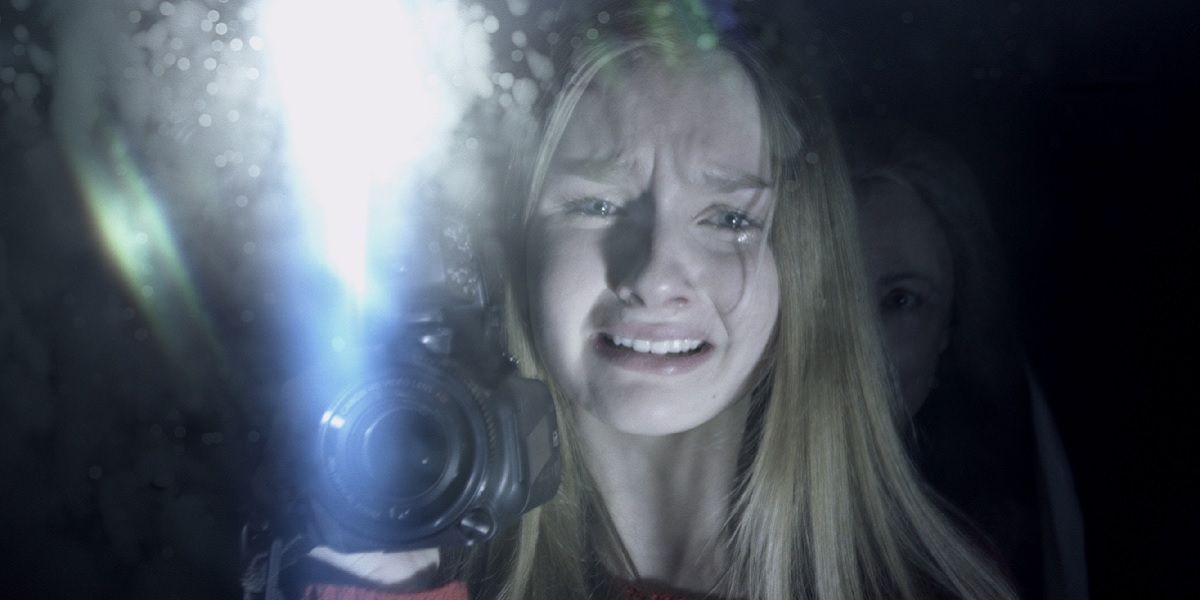
The Visit‘s found footage format may feel less structured than some of Shyamalan’s other films, but it’s no less deliberate. The director talked about his use of color in the film – dressing the children in “primary, pungent colors” and placing them in a very monotone setting to symbolize a life force coming into a lifeless place. He also admitted that “it took forever to edit” because he wanted to be sure to strike exactly the right tone.
“First I did kind of an arty pass. There’s kind of like a tiny arty element in there. I did the arty pass and then I was like, ‘Well that’s not it.’ [laughs] I was just confused. And then I leaned into the comedy and I was like, ‘OK. We’re embracing that. That’s great. But still, that’s not it.’
“That weirdness of ‘I’m not sure whether this is funny, dark’… I like that. I don’t even know how to react. ‘Oh my god! What the f—!’ That kind of reaction. That’s the tone: ‘What the f— am I looking at?'”
If The Visit impresses critics and audiences upon its theatrical release as much as it did the Comic-Con crowd, it could mark an interesting new stage in Shyamalan’s career. The director described the experience of making a movie on such a small budget as simultaneously very freeing and very scary, because of the risk that his labor of love will never find a distributor and never reach an audience. Whereas a major Hollywood movie like The Last Airbender is produced by a system with many moving parts and studio obligations and safety nets, The Visit was a very stripped-down, personal, director-driven project – something that Shyamalan enjoyed.
“All human nature is kind of, ‘I want someone else to take the responsibility so that I can feel a little bit less vulnerable.’ It feels safer. And to keep yourself very vulnerable and to do things in secret, it was really a great process.”
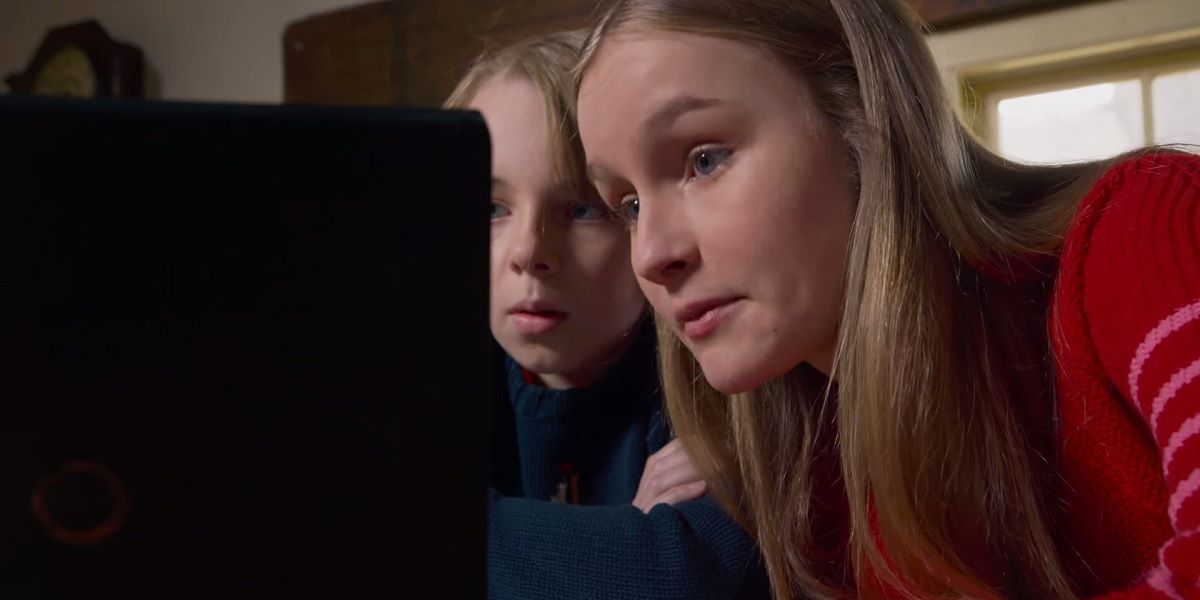
The impression we got from Shyamalan’s discussion of the future is that he doesn’t like to plan too far ahead with his films, but he did tease that he’s working on another “small movie” idea that he wants to bring to the boil next – though he wouldn’t part with any plot details or even a title.
For the moment, it sounds like he’s done with big budget movies, and instead wants to focus on original ideas that are very personal to him.
“I think I’m going to do this again, this small movie, and insert it back into the system if they want it at that point. It really works for me. I can’t say right now, definitively I’m always going to make small movies, but I would like to. That’s what I feel like right now. I just want to make small movies forever. But then you’ll read I’m making the next Star Wars and you’ll say, ‘He’s an asshole!'”
The Visit arrives in theaters on September 11, 2015.
